-
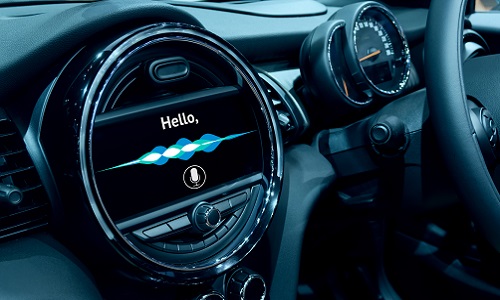
Hands-Free Car Mic Module Design
A hands-free communication system for cars has been developed to avoid the danger of drivers having to hold the phone while driving. Drivers can speak to the microphone module directly. It can be divided two categories: front-mounted and after-mounted markets. The front-mounted microphone module is mainly installed in the roof map lights; the speaker is the existing speaker system in the car; the after-mounted type is commonly clipped to the sun visor or fixed behind the steering wheel. Most of the products are equipped with speakers; both types of AEC functions are required to avoid excessive echo during a call in the car, which will affect the quality of the call. The microphone module for the vehicle is shown in Fig.4.1
-
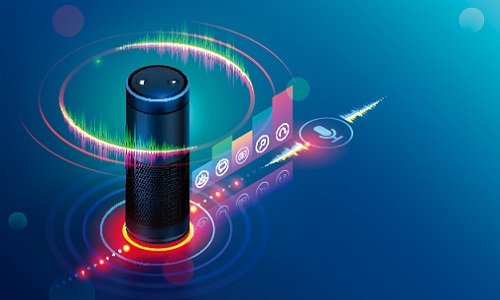
Polar plot
The smart speaker is a quickly growing business in the current market of consumer electronic products in recent years. Most ID designs have a cylinder with a down-firing speaker that tries to radiate and spread sounds evenly in a 360-degree spatial effect to satisfy single or multiple users who will move around in the home. The array microphones with a proper algorithm are the same concept to receive the sound from users. The geometry of the diffuser and the distance between a diffuser and the speaker's diaphragm will influence how the sounds spread out and radiate in the environment.
-
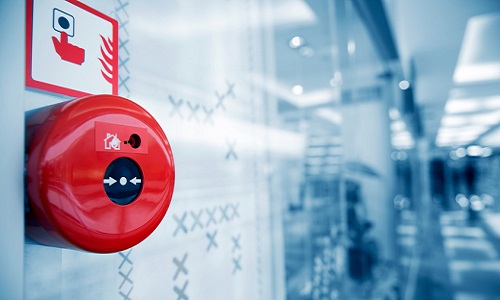
Buzzers for Smoke Alarm
UL-217 performance requirements of smoke alarm define the SPL needs to achieve at least 85dB@3M with a frequency no higher than 3.5KHz. People can detect sounds in a frequency range from about 20Hz ~ 20 kHz, and the most sensitive range is 2KHz ~ 5KHz, but we lose some high-frequency sensitivity as we mature. Seniors may not hear the alarm if the frequency is too high.
-
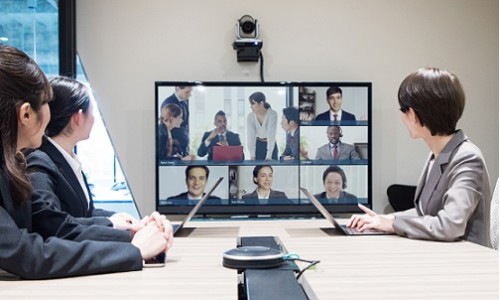
Uni-directional Mic Structure Design
ECM has three types of directivities. According to its polar pattern, it can be divided Omni-Directional/Uni-Directional/Noise Cancelling. The Omni-Directional microphone is commonly used around the world, but the usage rate of the noise-canceling type is low. When it is necessary to eliminate the noise in the rear direction, the Uni-Directional Mic is usually selected. Its receiving directivity waveform is similar to a heart shape. Uni-microphone traditionally used in car hands-free calls/ headset Boom microphone/ telephone headset Boom microphone/ conference call system, to reduce the noise of microphone with an angle in 180 degrees, the attenuation of the directivity at 1KHZ with an angle 180 degrees is generally up to 15dB, which can meet general consumer noise reduction purposes (Fig.5.1).
-
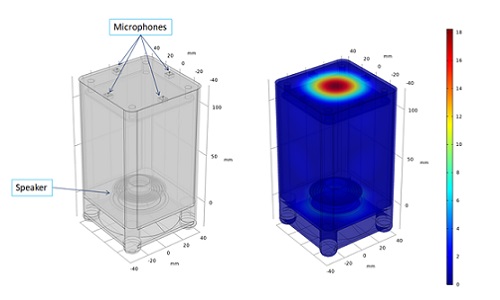
Vibration analysis
Recognizing the commands from the host's voice is important for a smart-home device, especially a smart speaker that plays music simultaneously. When talking to people on the Internet, the capability of echo cancellation allows smooth communications. Both functions rely on the high quality of the receiving path through the microphone. The quality will be significantly impacted if the vibrations of the device's walls and/or components are conducted from working speakers to microphones. We can build the simulation model to predict the situation and then give solutions to prevent it in the early design stage. Figure 1 shows a smart speaker that is designed with four array microphones.
-

Wind Noise-resistant Microphone Design
When the microphone is used outdoors, the wind often affects it to make the microphone diaphragm produce noise. Because wind-shear noise is a low-frequency pressure wave, it will significantly cause the microphone to the diaphragm to move to the limit, and it is easy for the microphone to enter the non-linear working area. The microphone output produces a clipping or distorted signal, degrading the call's quality. To reduce the occurrence of this phenomenon, the microphones of consumer products are usually not like professional equipment. They use bulky windshield equipment to filter out wind-shear noise. We usually put a sponge as noise-canceling material that is placed in front of the microphone's sound hole so that it can be filtered and also attenuate the wind shear simultaneously (Fig.6.1)
-
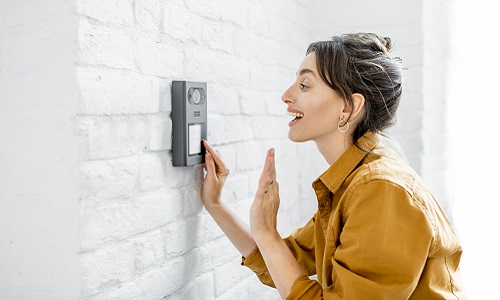
Sound reflections
Some designs focus on sound performance in consumer electronics marketed products, while others concentrate on ID appearances and prices. A unique ID sometimes limits the position of the loudspeakers. How can we balance the ID appearances and acceptable sound performance? It's always a critique for designers. The FEA (Finite Element Analysis) tool can be used to predict and analyze the influences of sound performance when the ID is initially locked down, and the optimized position of a loudspeaker can be chosen. Here are three scenarios with different positions of loudspeakers inside a product. Figure 1 shows the loudspeakers' positioloudspeakers' product of the scenario 01.
-
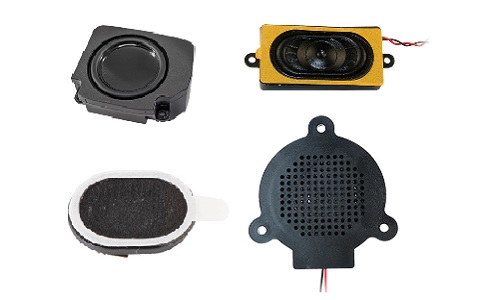
Box Designs
Kingstate has influential mechanical engineers and an acoustic team. In many hard-to-develop acoustical products, designing speaker enclosures to meet customers' requirements is undoubtedly one of Kingstate's advantages. Speaker boxes can be designed in various shapes and simulated using COMSOL Multiphysics. We build simulation models to optimize our designs and reduce time and manufacturing costs.
-

AEC Optimized Design
Communication products are usually equipped with microphones and speakers. When making a call, the microphone will receive the sound signal from the speaker and enter the system through the microphone again, causing the system to generate echoes that interfere with the call. To eliminate the system whistling sound, it is generally necessary to cooperate with the DSP to effectively eliminate it. The microphone can adopt a uni-microphone to reduce the signal from the rear speaker. The microphone must be as far from the speaker as possible, and the two should not be installed on the same plane. (Fig.7.1)
-

Filling Material Application
Most acoustic designs for consumer electronics, such as laptops, tablets, A.I.O. systems… etc., usually have limitations of box geometry and an optimized position for speakers to place on the box. The problems here are the improper geometry of the box and the limited position to place the speaker, which will induce a standing wave inside the box, then causing a glitch or disturbance in frequency response at a specific frequency. That leads to an unwanted downgrade in sound quality. The issues can be predicted once the 3D drawing of the box and selected speaker with the defined position are defined.

 RFQ
RFQ
